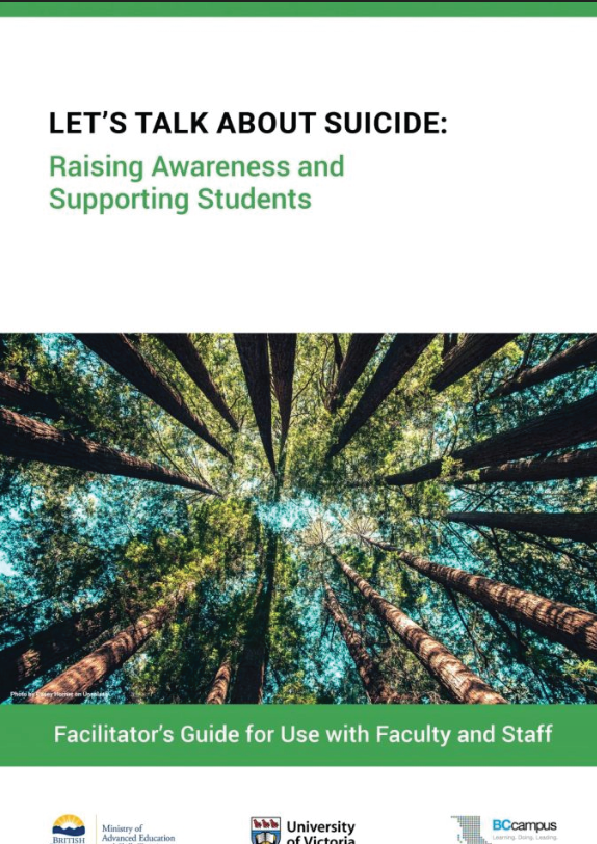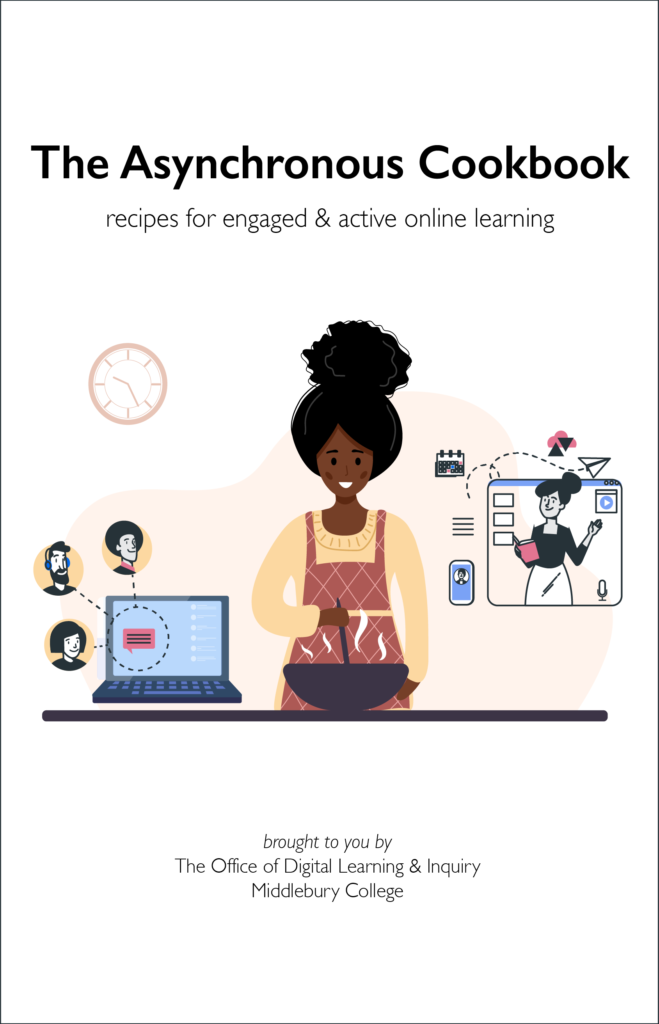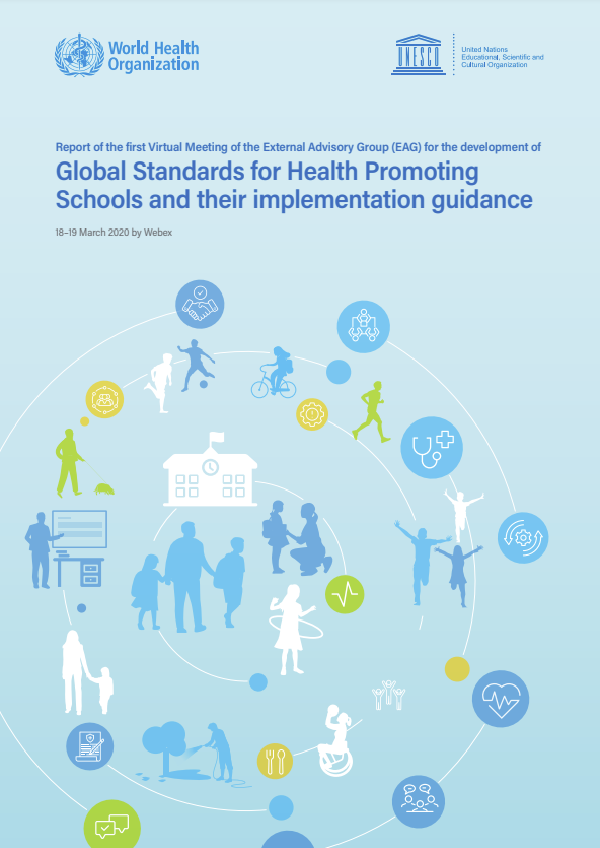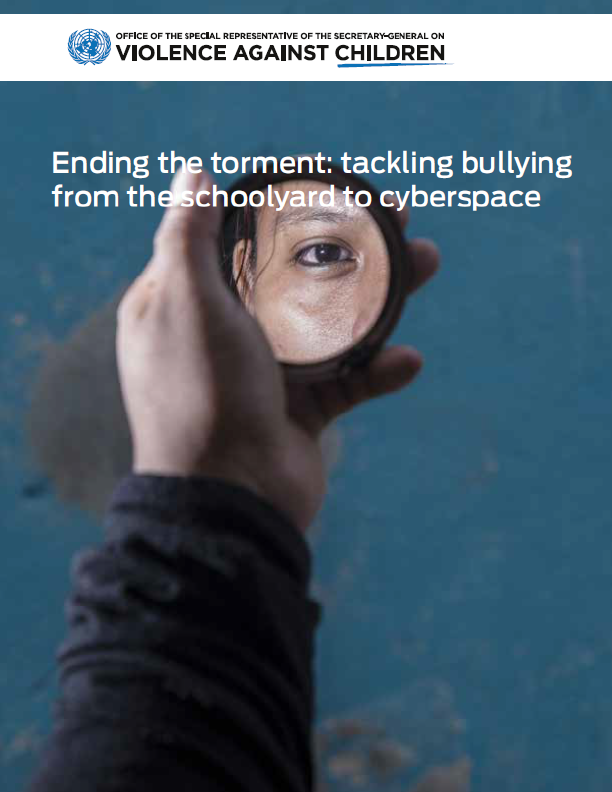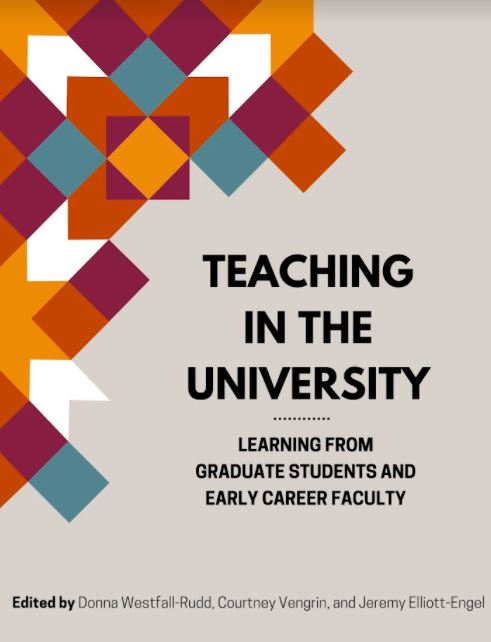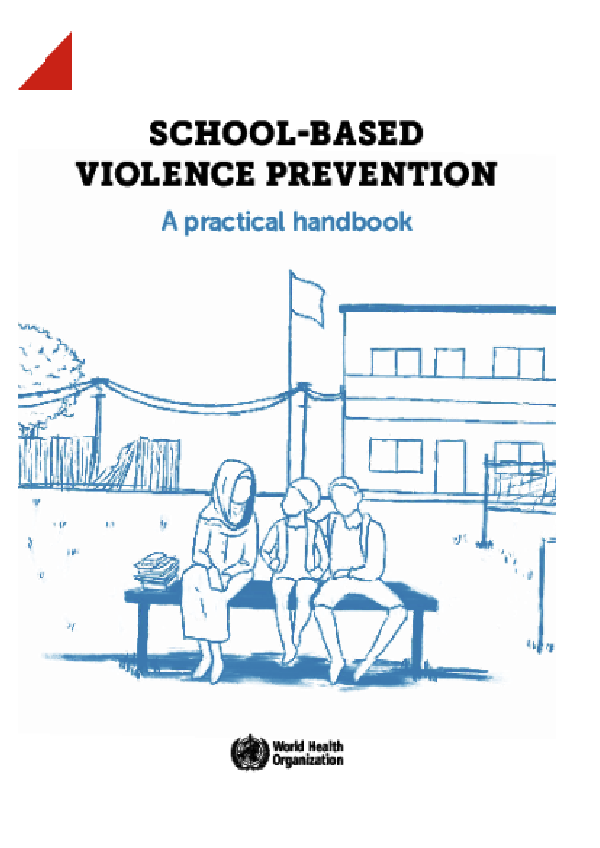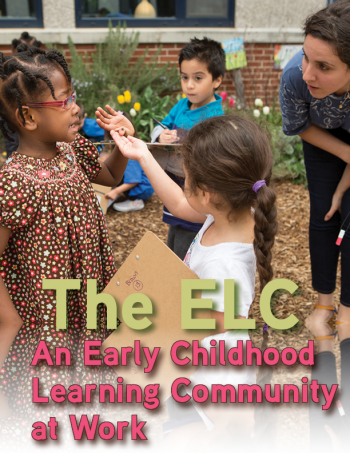Suicide is very difficult to talk about and a subject many of us would prefer to avoid, but it is also a subject we can’t ignore. Suicide is a prevalent concern around the world, and the second-leading cause of death among 15- to 29-year-olds globally.
1 Post-secondary institutions play a role in raising awareness about suicide and finding ways to best support students. We need to have more conversations about suicide to raise awareness and understanding of how we can support someone who is contemplating suicide.
Let’s Talk About Suicide: Raising Awareness and Supporting Students offers sensitive, respectful, and detailed training on suicide awareness. The training was developed to reduce the stigma around suicide and to help faculty and staff acquire the skills and confidence to ask if a student is considering suicide, listen to that student in a non-judgmental way, and then refer them to appropriate resources. These conversations are not easy and they are never comfortable, but we can all increase our confidence and develop our skills to support students.
Key Learning Points
This training opens up the conversation about suicide to reduce negative stigma surrounding suicide and decrease anxiety about talking to others about suicide. Key learning points of the seminar include:
- We can all play a role in supporting students’ mental health.
- By knowing the signs of suicidal risk and understanding the needs of a person at risk of suicide, we can support students.
- Conversations about suicide are never comfortable, but it is possible to develop skills and increase confidence about how to talk to someone about suicide.
- There are practical steps for starting a conversation about suicide with a student.
- We can make a difference to a person who is thinking about suicide by knowing how to recognize the signs of distress, responding empathetically, and knowing how to refer the student to campus and community resources.
- Listening without judgment is key when talking to a student who may be at risk of suicide.
- Staff and faculty are not expected to act as a counsellor and should not attempt to diagnose a student’s mental health.
- Staff and faculty need to be aware of their own boundaries and need for self-care. If they are overwhelmed by the session, they may want to talk to a counsellor.
Working in Small Groups Online
If your video-conferencing software allows you to create breakout rooms, you can have people work together in smaller groups. Take some time before the session to get comfortable with the breakout room set-up process. It can be helpful to have someone assist you with setting up the breakout rooms, so you can facilitate the session while they handle the technical issues.
Breakout rooms will work well for discussing the scenarios, but you will want to do some advance preparation. It may be easiest to put the scenarios in the chat, so have the scenarios ready to add to the chat prior to the session. During the session, you can then assign each group to a specific breakout room to discuss the different scenarios. Alternatively, you could move people into breakout rooms and then visit each room to verbally provide a scenario to each group.
